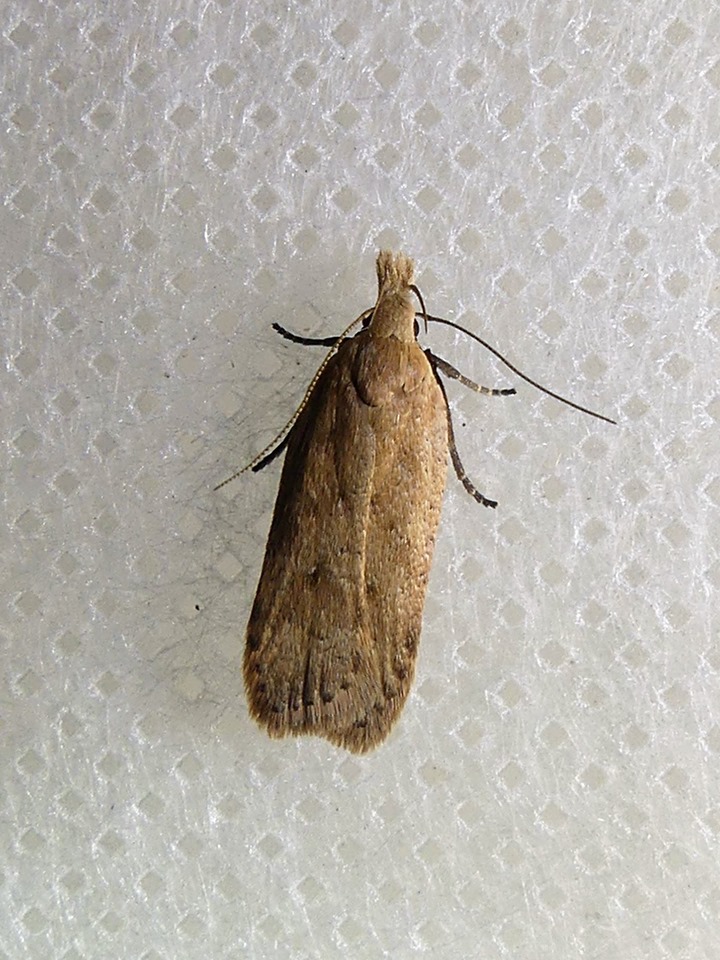ECOLOGY ▪ EDUCATION ▪ ADVOCACY
Autosticha: Precise meaning is unclear, but combines the Greek auto meaning “self” and stich meaning “a line or row.”
kyotensis: Kyoto is a city in Japan in the Kansai region. Ensis is the Latin suffix meaning “originating from.”
aw-toe-stich-uh kee-oh-ten-sis
This map shows the verified sightings of the Kyoto moth in Indiana. All sightings were confirmed through photographic documentation by individuals who contributed to the Great American IN Nature Lepidoptera Project (GAIN LP).
 |
GAIN LP documented in county. |
| Date | County | Observer | Notes | Image1 | Image2 |
|---|---|---|---|---|---|
| 2019-06-27 | Marion | Schwedler, Kat | Adult Identification verified by Bugguide.com |
 |

|
| Observation Details | Images |
|---|---|
| Date: 2019-06-27 County: Marion Observer: Schwedler, Kat Notes: Adult Identification verified by Bugguide.com |

 |
Said to be originally endemic to the Japanese island of Honshu, Kyoto moths were likely accidentally introduced to the southern United States in shipments of exotic plants by the nursery trade.
The only identified larval host plants are exotic to the United States but sometimes grown as ornamental plants: the Japanese apricot (Prunus mume) and calicoplant (Alternanthera ficoidea).
| Known Larval Food Sources in Indiana | ||
| Family | Taxonomic Name | Common Name |
|---|---|---|
| Order: Amaranthaceae | ||
| Amaranthaceae | Alternanthera ficoidea | calicoplant and hairy joyweed |
| Order: Rosaceae | ||
| Rosaceae | Prunus mume | Japanese apricot |